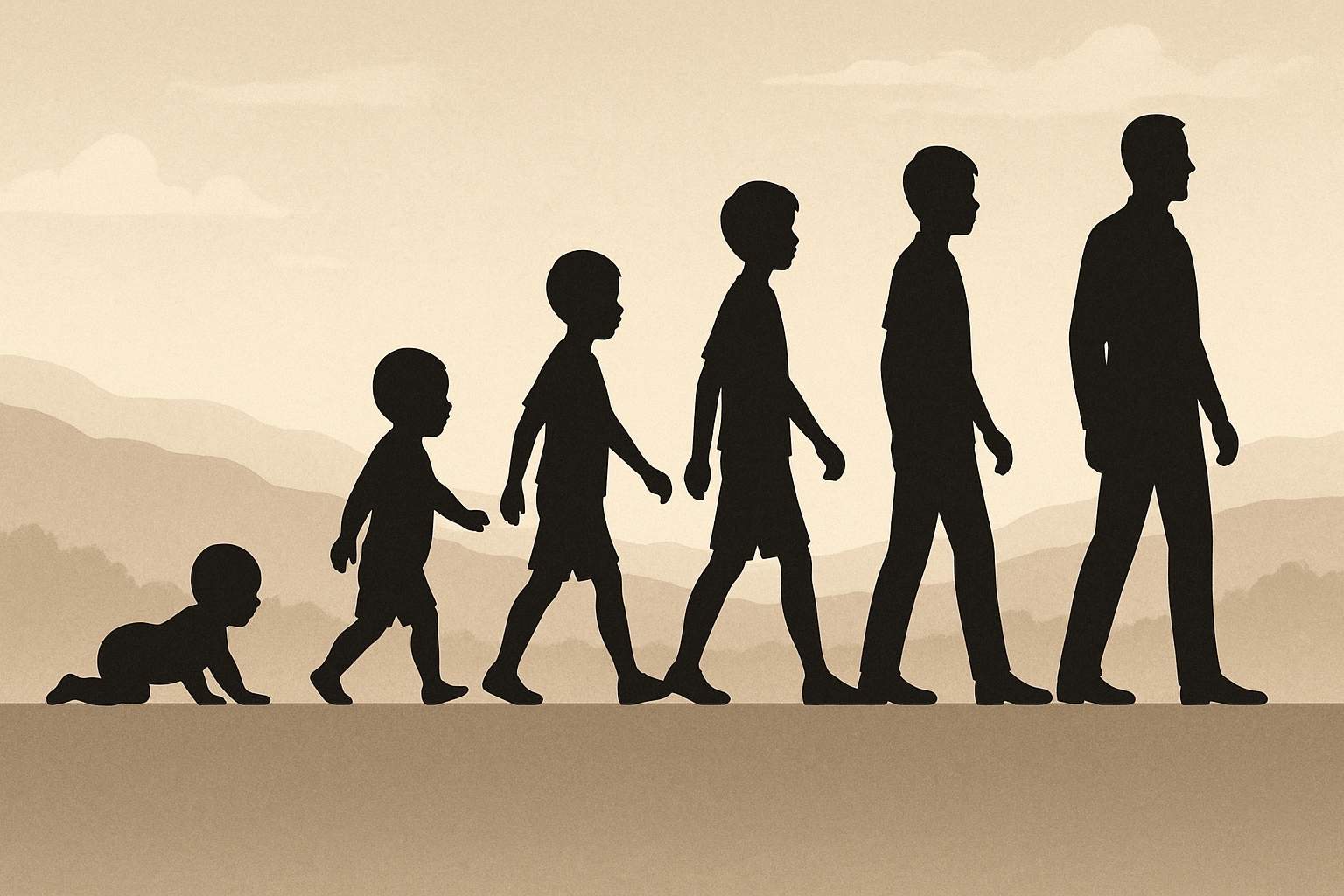Introduction
Erik Erikson, a German-born developmental psychologist and psychoanalyst, believed that human growth unfolds in a predictable series of psychosocial challenges. Each stage, according to Erikson, poses a core conflict that must be resolved for healthy personality development. While infancy and adolescence often receive most of the attention, the middle-childhood years—roughly ages six to twelve—play a decisive role in shaping a person’s lifelong sense of competence. This article unpacks how Erikson’s framework explains what happens inside classrooms, playgrounds, and family rooms during this formative period and offers practical guidance to help children thrive.
Understanding Erikson’s Psychosocial Stages
Erikson outlined eight distinct psychosocial stages, stretching from birth to late adulthood. Each stage features a tension between two opposing outcomes that together propel cognitive, emotional, and social growth:
- Trust vs. Mistrust (infancy)
- Autonomy vs. Shame and Doubt (toddlerhood)
- Initiative vs. Guilt (early childhood)
- Industry vs. Inferiority (middle childhood)
- Identity vs. Role Confusion (adolescence)
- Intimacy vs. Isolation (young adulthood)
- Generativity vs. Stagnation (mid-adulthood)
- Integrity vs. Despair (late adulthood)
Middle childhood is the fourth stop on this journey, sandwiched between the imaginative exuberance of preschool and the identity-seeking turbulence of adolescence. Here, children shift their focus from family as the central reference point to the wider social world of teachers, classmates, and teammates. Success at this stage hinges on mastering skills that society values—reading, calculating, cooperating, creating—and feeling confident about those abilities. Failure to do so risks a budding sense of inferiority that can trail children into their teens and beyond.

Industry vs. Inferiority: The Core Conflict in Middle Childhood
Industry represents the drive to become competent: finishing a math worksheet correctly, nailing a jump shot after months of practice, or helping bake a perfect birthday cake. Achieving industry fosters pride and a feeling of “I can.” In contrast, inferiority arises when repeated setbacks, criticism, or unfavorable comparisons convince a child that “I can’t.” Because school dominates children’s waking hours, academic performance is a primary arena where this conflict plays out. A child struggling with reading may begin to doubt overall intelligence, even if they excel at art or sports.
Peers intensify the drama. Social ranking—who got the highest score, who reads aloud fluently, who finishes the obstacle course first—feeds the internal scorecard kids keep about themselves. A classroom culture that celebrates effort and diversity of talents helps tip the scales toward industry. One that rewards only the top few or tolerates ridicule can cement inferiority.

Influence of Environment and Social Relationships
Teachers have enormous power to shape trajectories. Constructive feedback—“Your conclusions are clear, and adding one more example will strengthen them”—signals that competence is within reach. Blanket praise (“Good job!”) or harsh criticism (“This is wrong, try again”) without guidance does little to build mastery.
Parents contribute by setting age-appropriate chores, celebrating perseverance, and allowing safe failures. When a child washes dishes imperfectly, pointing out what went well before suggesting improvements reinforces capability. Over-correction or stepping in too quickly can imply the child is incapable and should leave tasks to adults.
Peers provide another mirror. Friendships that revolve around cooperative play—building a fort, editing a class video, forming a study group—encourage mutual recognition of skills. Bullying, exclusion, or constant competition erodes confidence. Adults who monitor group dynamics and model respectful disagreement teach kids how to balance rivalry with camaraderie.

Signs of Successful vs. Unsuccessful Resolution
Children who successfully navigate Industry vs. Inferiority generally display eagerness to tackle new tasks, pride in completed work, and resilience after mistakes. They seek feedback because they trust that effort will pay off. Report cards may show steady growth rather than straight-A perfection, but attitudes toward learning remain upbeat.
Conversely, children stuck on the inferiority side often avoid challenges, downplay achievements, or compare themselves negatively to others. Phrases like “I’m just not good at anything” or frequent stomachaches on test days hint at deeper insecurity. Without intervention, these patterns can harden into chronic low self-esteem, reduced motivation, and even anxiety or depressive symptoms in adolescence.

Implications for Parenting and Education
- Emphasize effort over innate talent. Statements such as “You worked hard on those fractions” shift the spotlight to controllable behaviors, teaching a growth mindset.
- Provide specific, actionable feedback. Rather than saying “Great painting,” point out, “Your color choices make the sunset look warm—next time you could add shadows for depth.”
- Set realistic but challenging goals. Break larger tasks into bite-sized steps so children can celebrate interim victories. Success breeds more effort.
- Encourage cooperation as well as competition. Group projects where each child has a role validate diverse abilities.
- Model healthy responses to failure. Share your own stories of mistakes and how you learned from them, normalizing setbacks.
- Avoid labels and comparisons. Declaring one child “the artist” and another “the math whiz” can box kids in and feed inferiority when they venture outside those labels.
- Create space for unstructured mastery. Free play with blocks, crafting, or coding lets children pursue interests at their own pace, deepening competence without external pressure.

Conclusion
Erikson’s lens shows middle childhood as far more than a pause between cute preschool years and rebellious teens. It is a decisive chapter where children test their abilities against real-world standards and social feedback. Adults who nurture industry by praising effort, guiding practice, and respecting individual pace help youngsters carry a sturdy sense of “I can” into the challenges that await. Understanding—and applying—this theory equips parents, teachers, and mentors to cultivate competence, resilience, and a lifelong love of learning.





